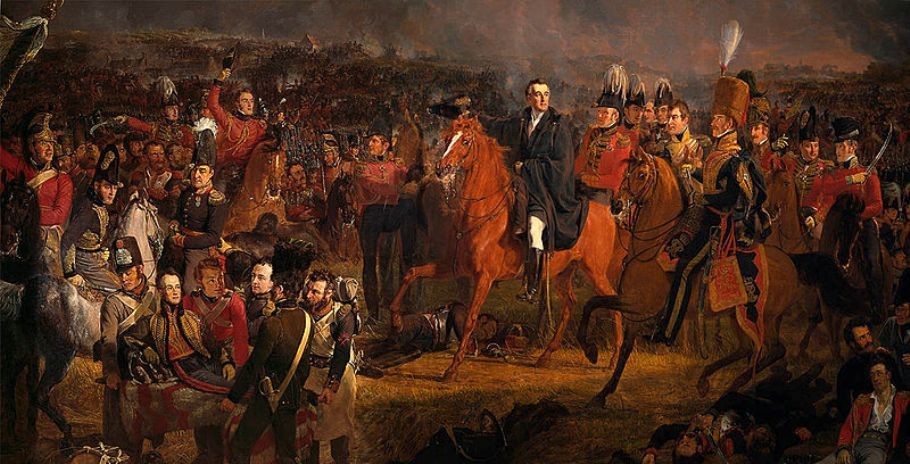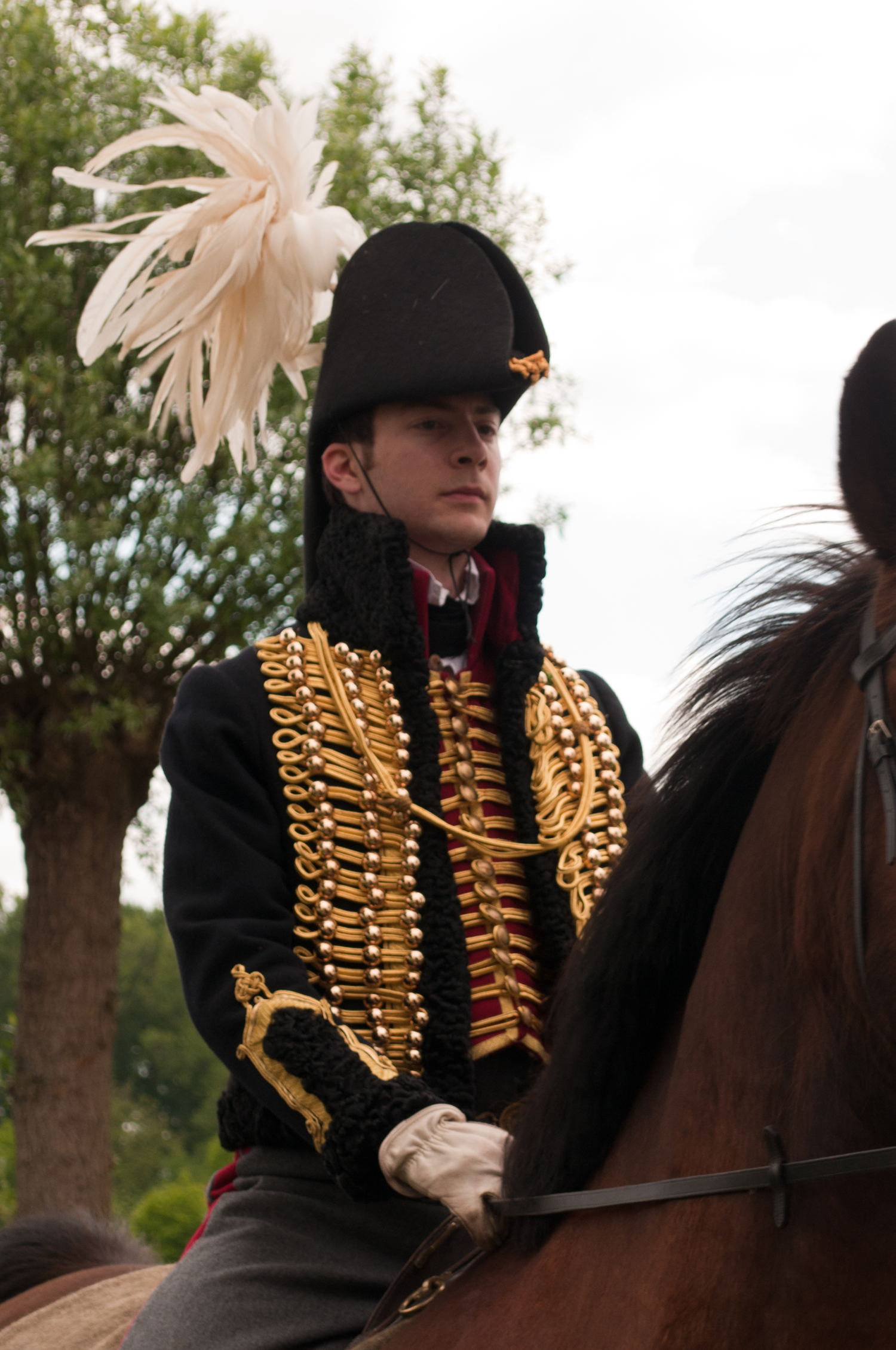Eric Edelman in the role of the prince of Orange

On 18, 19 and 20 June 2015, during the Bicentenary celebrations of the Battle of Waterloo, the role of the young Prince of Orange will be played by Eric Edelman. This 29 year-old Dutchman grew up in Amsterdam and currently lives in Maastricht. He studied medicine and works for a company that develops IT material for the medical sector. He has his age and his horsemanship skills to thank for the role of the Prince, which he feels very honoured to play.
A passion for historical re-enactments
Eric Edelman has a passionate interest in the Napoleonic period and has been taking part in re-enactments since the age of fifteen. In real life his hobby allows him to experience, to a certain extent, the life that heroes of this era would have led. The group of re-enactors to which he belongs are also taking the roles of the entourage that would have accompanied the Prince on the battlefield: officers, servants, and of course an exceptional field kitchen, run by several chefs for whom historic cooking is a real passion.
Eric Edelman: “Everyone does his or her best to perform their role in accordance with their social rank, from the servants to the highest ranking person. We have had some unforgettable moments when playing out historical events according to the protocols and customs of the times! In real life of course, I’m not anything like the Prince of Orange. I did not, for example, stand alongside the Duke of Wellington on the battlefields of Spain and Portugal when I was nineteen!”
Another motivating factor for re-enactors is being able to share their passion with the public by putting on an unforgettable show. Eric Edelman: “The show in June this year is going to be huge. We have never before had a reconstruction of the Napoleonic period on this scale. We will be going into action on a scale that comes close to that of the historical reality. That really is unique!”
An unforgettable experience
Eric Edelman does not only step into the shoes of the Prince of Orange, he also participates in many re-enactments as a simple solder. His favourite memory is of participating in a campaign in La Boissière. The participants did not have a single tent with them during the campaign. They marched during the day and they slept under the stars at night. The adversaries were doing exactly the same, and nobody quite knew where the enemy lay...
Exhausted after fighting and walking all day, he and his companions were resting in a marshy spot, surrounded by trees. Suddenly they heard creaking noises. They all sprang to their feet immediately and grabbed their weapons. A solitary French rider suddenly appeared from between the trees. His horse promptly dropped almost up to his chest in the swamp. The rider looked up to see twenty Dutch infantrymen aiming their weapons at him. He kept an Olympian calm, grabbed his pistol and announced: “Perfect, drop your weapons all of you. I am putting you all under arrest!”
Eric Edelman dreams of being able to offer this fearless Frenchman, who took them all unawares in the clearing in the swamp, a beer one of these days! But first he needs to know who he was!
It was 200 years ago that pride in the Dutch identity first appeared
In 1815 the young William II of Orange, King of the Netherlands and Grand Duke of Luxembourg, is scarcely 22 years old when he takes up arms as the commander of the Dutch army against Napoleon at Waterloo. His troops form part of the first Corps of Wellington, the British commander of the Allied troops drawn from various countries. At the end of the day on 18 June, whilst fending off yet another attack by Napoleon, William II of Orange’s horse is hit in the chest. The Prince himself is struck by a musket ball in the left shoulder and collapses.
A royal wound
The Prince is taken from the battlefield immediately and brought to Brussels. His ally, the Duke of Wellington, visits him on his sickbed on the following day. Although the Prince himself writes to his mother, Wilhelmine of Prussia, that his wound is not serious, he is nevertheless operated on. He will keep the fragments of bone that are removed in a little box on his bedside table for the rest of his life. Two months later, with his arm in a sling, the Prince of Orange makes his appearance in Paris, where he is welcomed as a hero. At the time his shoulder became the subject of all kinds of performance, from which it would seem that the interest of the general public in the ailments of the famous remains the same, whatever the period. An example avant la lettre of today’s ubiquitous lavish media attention.
The desire to immortalise this wound really went quite a long way ... The Lion’s Mound, which is climbed by visitors from all around the world, was built in 1826 on the spot on which the Prince of Orange was hit by the musket ball!
The initial steps of a new kingdom
The role of the Dutch in the success of the Battle of Waterloo has other repercussions that are of great importance to the country. It was from this moment on that the Dutch people really began to feel a new self-assurance take hold of them, along with a sense of pride in their identity. That of citizens who had managed to repel the intruder, who had proven themselves on the international stage, and who had been successful in defending the independence of their kingdom. Later, when the maps of Europe are being drawn up, this national feeling enables the Netherlands to secure its place on the chessboard of the contemporary world. The victory at Waterloo, to which the Prince of Orange contributed, and which was commemorated every year on 18 June up until the early years of the 20th century, laid the foundations for what is now the Netherlands.

